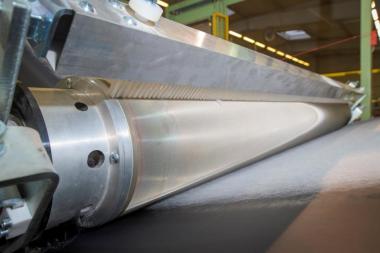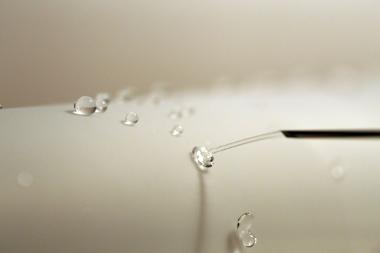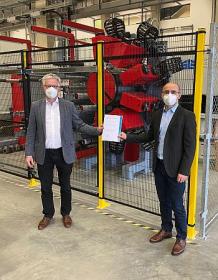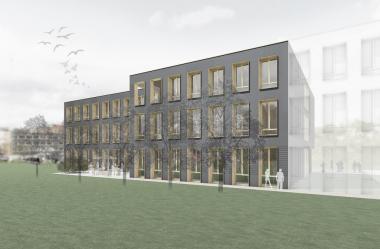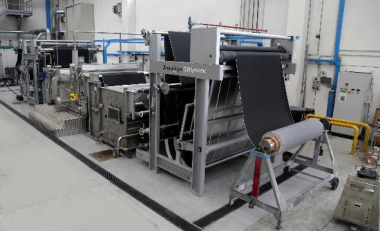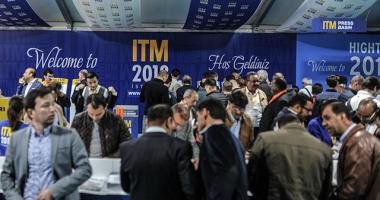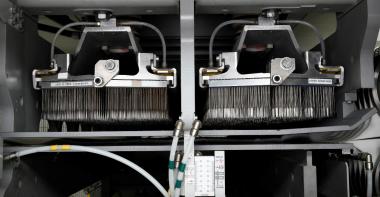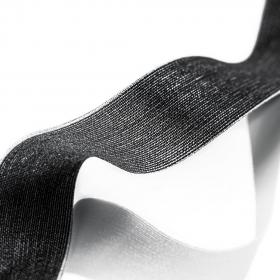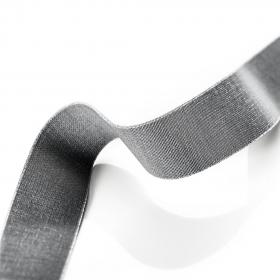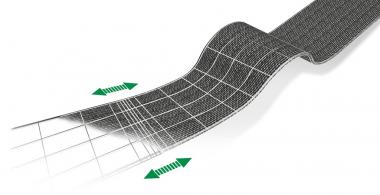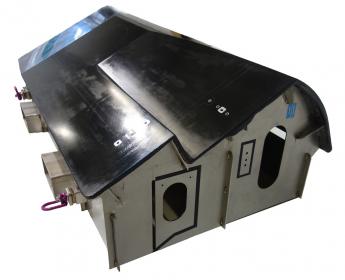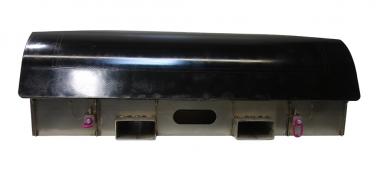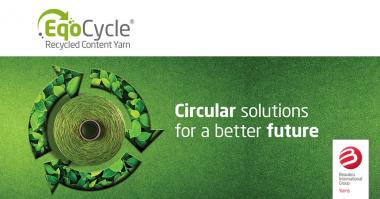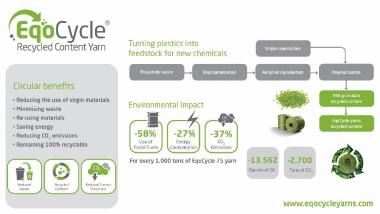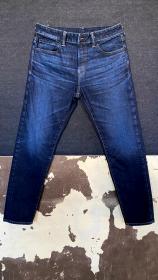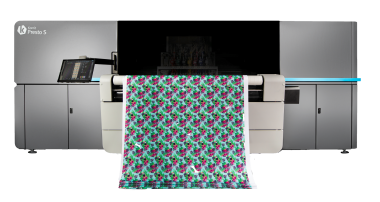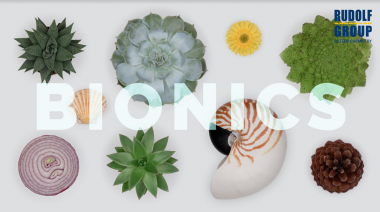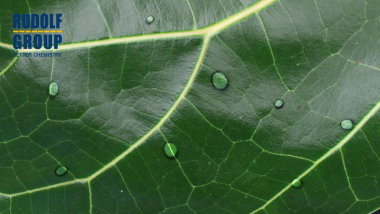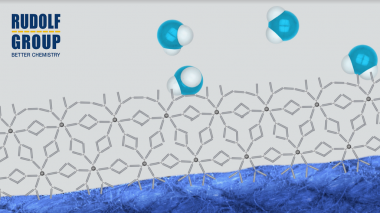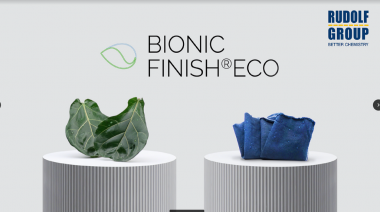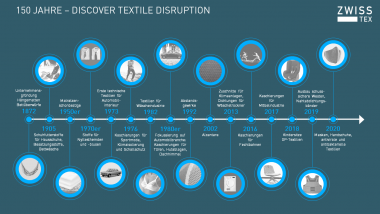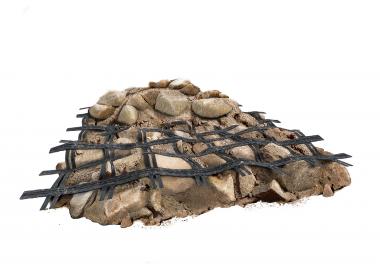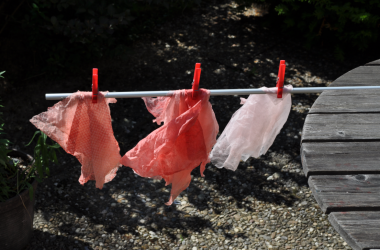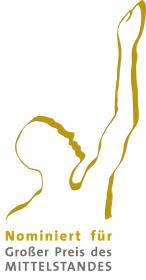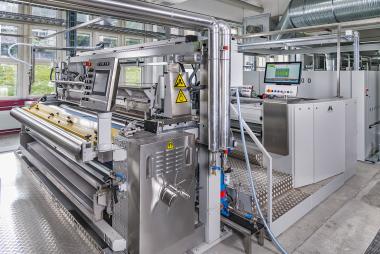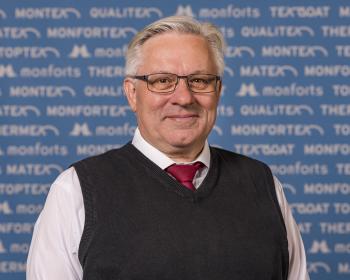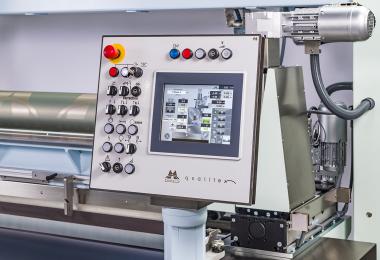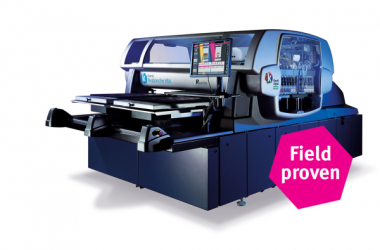ANDRITZ erhält Auftrag für Nadelvlieslinien von Chongqing Double Elephant, China
Der internationale Technologiekonzern ANDRITZ erhielt von Chongqing Double Elephant Microfiber Material Co., Ltd., China, den Auftrag zur Lieferung von vier neuen Nadelvlieslinien für die Produktion von Vliesstoffen. Die Montage und die Inbetriebnahme der Linien sind für das vierte Quartal 2021 geplant.
Die Nadelvlieslinien von ANDRITZ sind für die Verarbeitung von sogenannten „Islands-in-the-sea-Fasern“, die vorwiegend zur Herstellung von hochwertigen Kunstlederprodukten eingesetzt werden, ausgelegt. Nach Fertigstellung werden die Linien 30 Millionen Meter Mikrofaser-Vliesstoffe pro Jahr erzeugen.
Die Produktionslinien sind mit einer ANDRITZ-Krempel und dem neu entwickelten Profile®-Kreuzleger sowie dem fortschrittlichen geschlossenen Kreislaufsystem ProWid von ANDRITZ ausgestattet. Mit diesem System können die Gleichmäßigkeit des Gewichts (CV-%) im gesamten Produkt online überwacht sowie die durch den Verfestigungsprozess verursachten Änderungen in der Gewichtsverteilung vorhergesagt werden. Darüber hinaus kann das Bahngewicht durch eine kontrollierte Dehnung reduziert werden, wodurch das bei herkömmlichen Kreuzlegeverfahren auftretende Problem der Faseranhäufungen an den Rändern gelöst wird. Sowohl das Gewicht als auch die Gleichmäßigkeit des Produkts können durch die – über die an der ANDRITZ-Messstation eingestellte – geschlossene Kreislauffunktion automatisch angepasst werden.
Chongqing Double Elephant Microfiber Material Co., Ltd., eine 100-prozentige Tochtergesellschaft der börsennotierten Wuxi Double Elephant Microfiber Materials Co., Ltd., hat ihren Sitz in der Changshou National Economic and Technological Development Zone der Stadt Chongqing. Das Unternehmen ist im Bereich Forschung, Entwicklung und Fertigung von Mikrofasergeweben, PU-Kunstleder sowie PU-Harz tätig.
ANDRITZ AG


